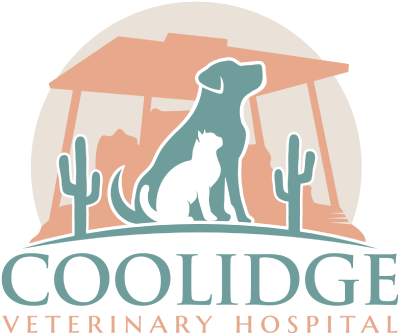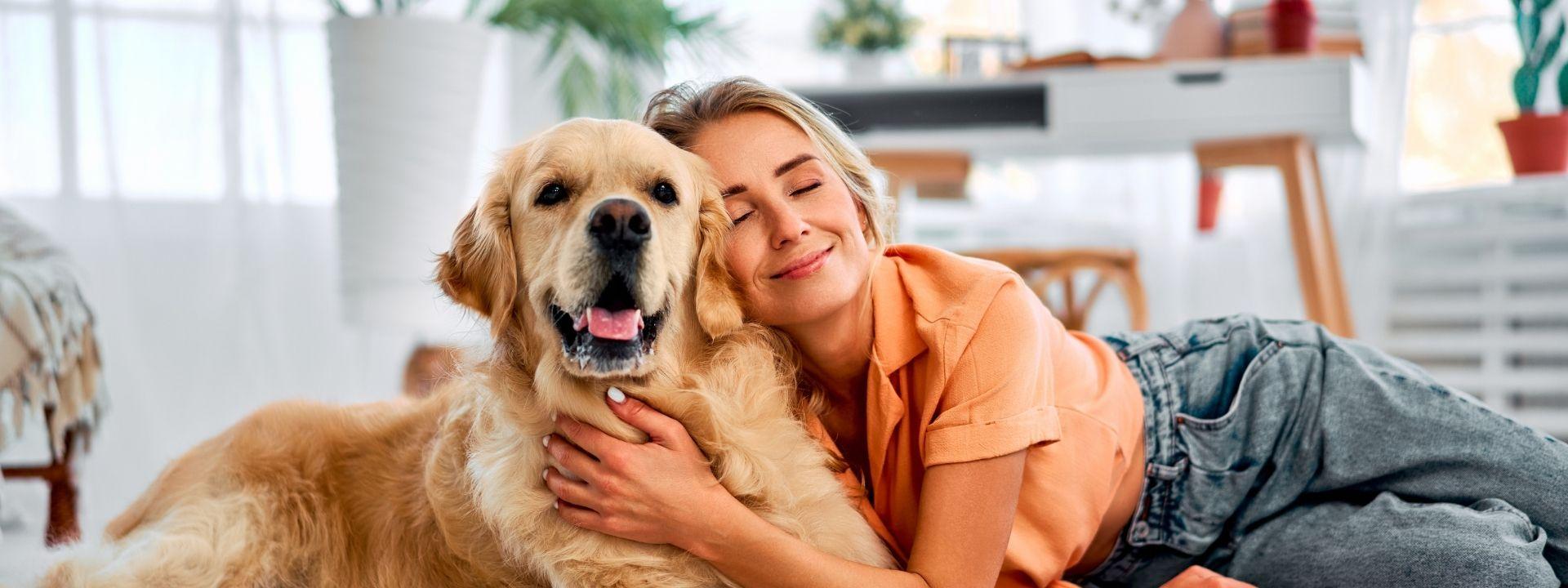Pets are naturally curious creatures, and their sense of adventure often brings joy to our lives. But sometimes, that curiosity can lead to trouble—like swallowing something they shouldn’t. Whether it’s a piece of a toy, a household item, or something potentially harmful, it’s a situation that can leave you feeling unsure of what to do next. At Coolidge Veterinary Hospital, we’re here to guide you through these moments with practical advice and expert care.
Step 1: Stay Calm and Gather Information
The first thing to do is take a deep breath. Staying calm will help you think clearly and keep your pet from becoming more anxious. Remove your pet from the area to prevent them from ingesting anything else, and try to figure out what they swallowed. If you can, collect any remaining pieces of the object—this can be helpful for your veterinarian to assess the situation.
Important: Avoid inducing vomiting unless a veterinarian specifically advises it. Some items, like sharp objects or toxic substances, can cause more harm if brought back up.
Step 2: Look for Warning Signs
Not all swallowed objects cause immediate problems, but some can lead to serious complications.
Watch for these signs that your pet may need urgent care:
- Gagging, choking, or difficulty breathing
- Excessive drooling or retching
- Signs of pain, such as whining or pacing
- Sudden collapse or unresponsiveness
If you notice any of these symptoms, contact Coolidge Veterinary Hospital or an emergency clinic immediately.
Step 3: Keep an Eye on Your Pet
If your pet seems fine initially, it’s still important to monitor them closely over the next couple of days. Some objects may pass through their digestive system without issue, but others can cause blockages or other complications.
Be alert for:
- Persistent vomiting
- Refusal to eat or drink
- Lethargy or unusual behavior
- Abdominal discomfort or sensitivity
- Changes in bowel movements, such as diarrhea or straining
If you observe any of these symptoms, don’t wait—call us right away. Blockages and other complications require prompt medical attention.
Step 4: Reach Out to Coolidge Veterinary Hospital
Even if your pet isn’t showing symptoms, it’s always a good idea to consult with a veterinarian. When you call, be ready to share details like your pet’s size, what they may have swallowed, and any changes in their behavior. Our team will help you determine the best course of action, whether it’s monitoring at home or bringing your pet in for an evaluation.
What Happens at the Clinic?
When you bring your pet to Coolidge Veterinary Hospital, our team will perform a thorough examination and may recommend diagnostic tests, such as X-rays or ultrasounds, to locate the object.
Depending on the situation, treatment options may include:
- Non-Surgical Removal: If the object is still in the stomach or esophagus, we may be able to retrieve it using specialized tools.
- Surgery: For objects that have moved further into the digestive tract or caused a blockage, surgery may be necessary. Our skilled team is experienced in performing these procedures safely and effectively.
We’re Here to Help
At Coolidge Veterinary Hospital, we understand how stressful it can be when your pet swallows something they shouldn’t. That’s why we’re committed to providing compassionate, expert care to help your furry friend get back to feeling their best. Remember, acting quickly and seeking professional advice can make all the difference.
If you have questions or need assistance, don’t hesitate to contact us. Your pet’s health and happiness are our top priorities.

